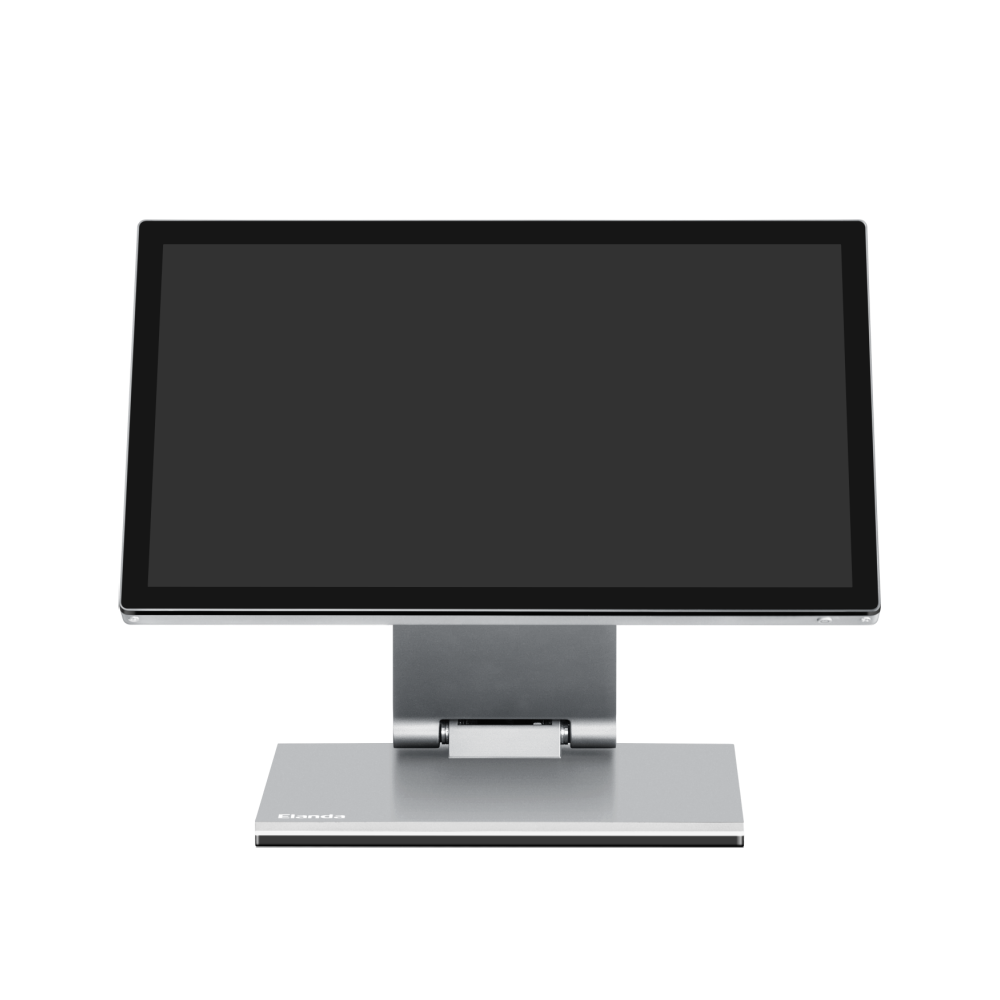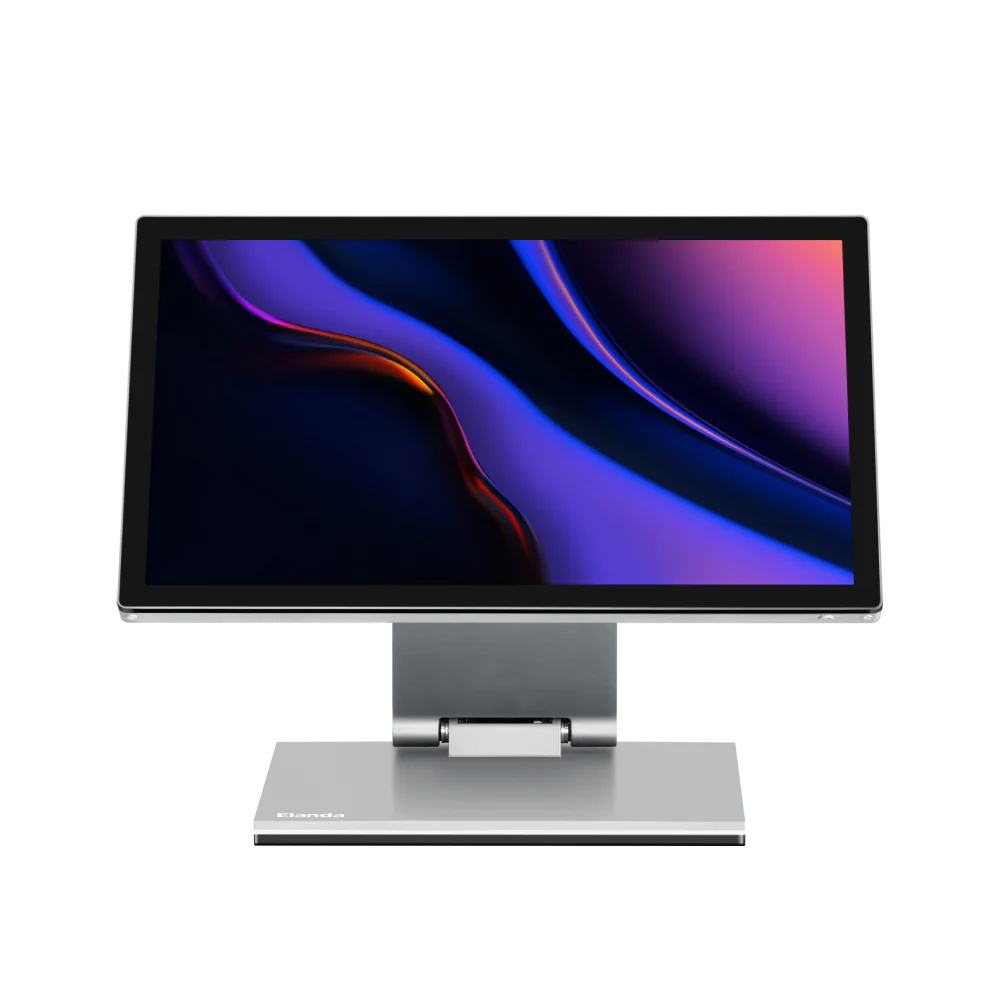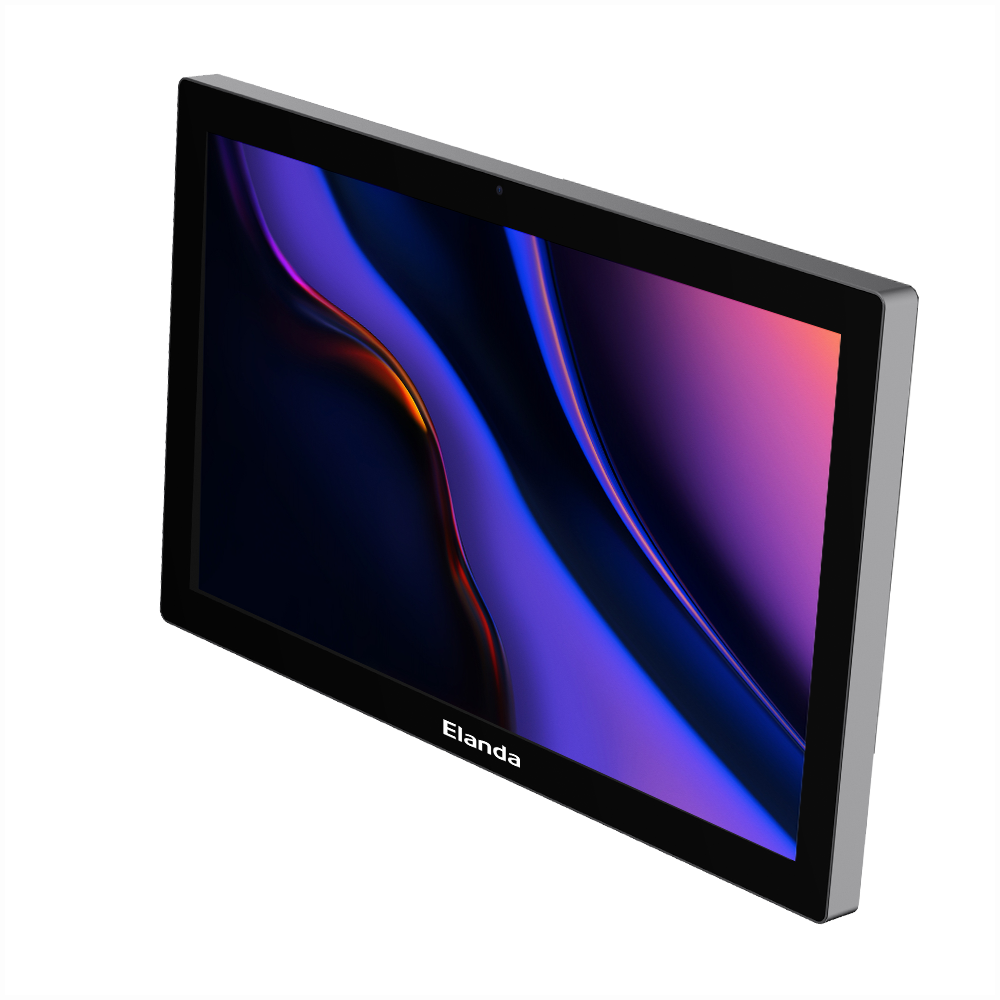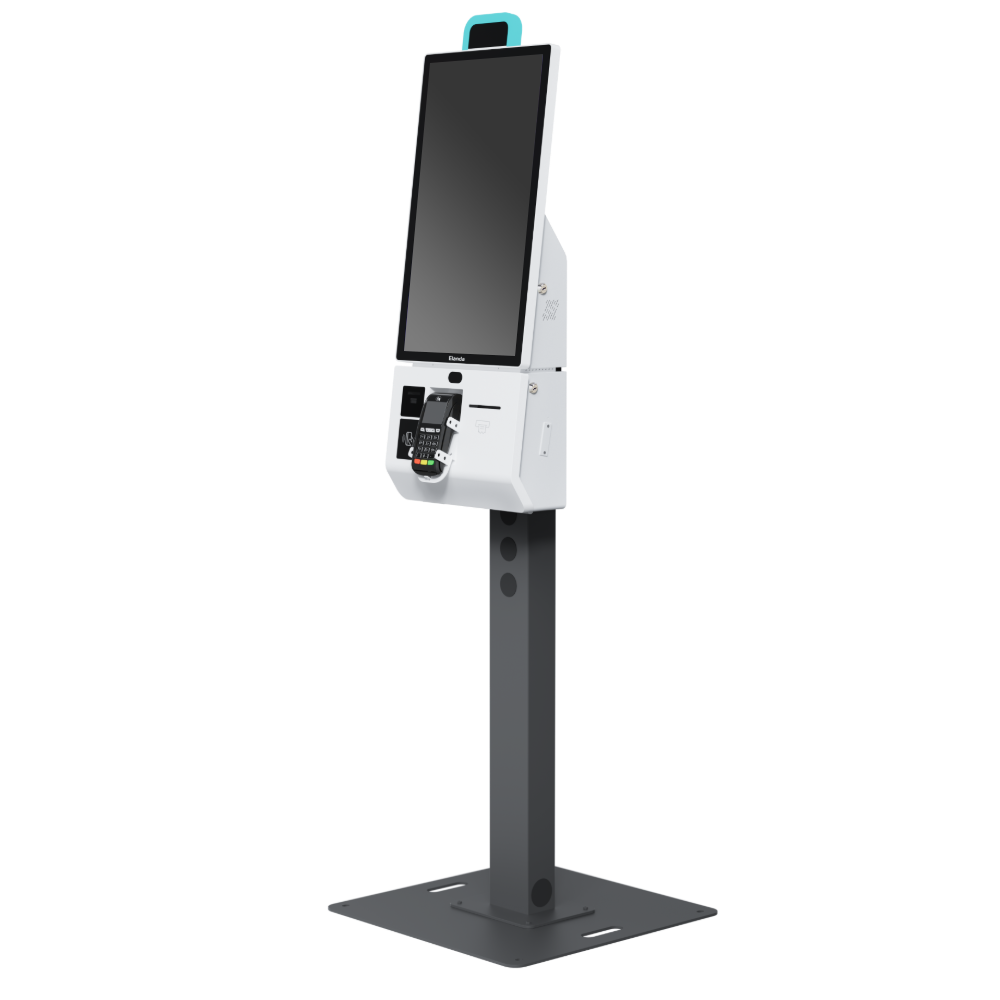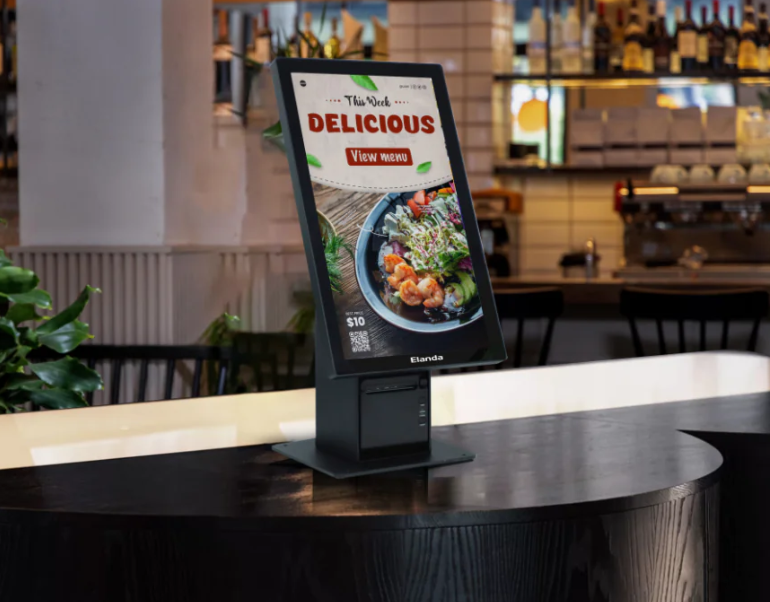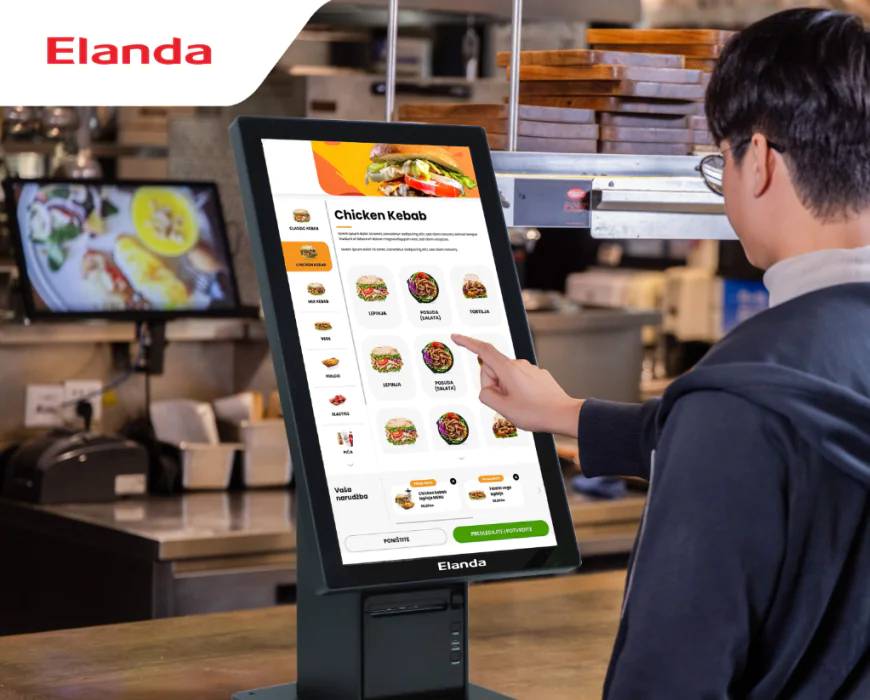In today’s fast-paced retail and service industries, a Point of Sale (POS) terminal is an essential tool for businesses to process transactions quickly and securely. Whether you own a café, retail store, or online shop with physical payment points, knowing how to use a POS terminal correctly helps you improve efficiency and customer satisfaction.
This guide explains how POS terminals work, how to set them up, and the right way to process payments using different methods like cards, mobile wallets, and contactless systems.
What Is a POS Terminal?
A POS terminal is a device that allows businesses to accept and process payments made by credit cards, debit cards, or digital wallets. It connects to the bank or payment gateway to authorize transactions and print receipts.
Modern POS systems do more than just process payments—they track inventory, manage sales data, and help streamline daily operations. Depending on the business type, you can use traditional countertop POS terminals, mobile POS systems, or smart cloud-based POS solutions.
Components of a POS Terminal
Before learning how to use a POS terminal, it’s essential to understand its main components:
- Display Screen: Shows transaction details.
- Keypad or Touchscreen: Used for entering prices or PINs.
- Card Reader: Reads magnetic stripe, chip, or contactless cards.
- Receipt Printer: Prints transaction receipts for customers.
- Connectivity Ports: Allow internet or power connections via Wi-Fi, Ethernet, or SIM card.
How to Set Up a POS Terminal
Setting up a POS terminal is straightforward, but following each step ensures smooth operation.
Step 1: Unbox and Power On
Remove the POS device from its packaging and connect it to a power source. Some wireless terminals have rechargeable batteries—make sure they are fully charged before use.
Step 2: Connect to the Internet
A POS terminal typically requires a stable internet connection for payment authorization. Connect via Wi-Fi, Ethernet cable, or a mobile network SIM card.
Step 3: Configure Business Details
Enter your business name, address, and merchant ID (provided by your payment processor). This information will appear on printed receipts.
Step 4: Run a Test Transaction
Perform a small test transaction to confirm that the terminal connects properly to the payment gateway and prints receipts correctly.

How to Use a POS Terminal to Accept Payments
Once the POS terminal is set up, follow these steps to process customer payments.
1. Enter the Sale Amount
Start by entering the total amount to be charged, including taxes or additional fees.
2. Choose the Payment Method
Customers can pay by:
- Chip card (EMV): Insert the card into the slot and leave it until the screen prompts removal.
- Magnetic stripe card: Swipe the card through the reader.
- Contactless/NFC: Tap the card or smartphone near the terminal’s contactless symbol.
3. Customer Authentication
Depending on the card type, the customer may need to:
- Enter their PIN, or
- Sign on the screen or printed receipt.
4. Transaction Authorization
The terminal sends payment information to the bank for approval. Within seconds, the screen will display a message such as “Transaction Approved” or “Declined.”
5. Print or Send Receipt
If approved, print a customer copy and a merchant copy. Some advanced POS systems can also send digital receipts via email or SMS.
Troubleshooting Common POS Terminal Issues
Even with reliable systems, occasional problems can occur. Here’s how to handle them:
1. Network Error
If your terminal can’t connect, check your Wi-Fi or mobile data connection. Restarting the device often resolves temporary connection issues.
2. Card Reading Failure
Clean the card reader regularly and ensure the customer’s card chip is not damaged. For persistent issues, switch to manual entry or contactless mode.
3. Printing Problems
If receipts are not printing, check for paper jams or low thermal paper rolls. Replace the roll and reprint the receipt.
4. Frozen Screen or Lag
Restart the terminal to refresh the system. If the issue continues, contact your POS service provider for technical support.
Best Practices for Using a POS Terminal
- Keep software updated: Regular updates improve security and add new features.
- Train staff properly: Ensure employees know how to use the terminal correctly and handle errors.
- Protect customer data: Never record or store card numbers manually.
- Secure the terminal: Place it within sight of staff to prevent tampering.
- Monitor daily reports: Check transaction logs and balance reports to detect discrepancies early.
Benefits of Using a POS Terminal
Implementing a POS system brings multiple advantages:
- Faster Transactions: Reduces checkout times and improves customer experience.
- Enhanced Accuracy: Minimizes human error in billing and payment entry.
- Sales Insights: Generates reports for better decision-making.
- Inventory Management: Automatically tracks stock levels and updates data in real time.
- Flexibility: Accepts multiple payment options, including cards, wallets, and QR codes.
FAQs About POS Terminals
1. Can I use a POS terminal without the internet?
Some POS terminals offer offline mode for temporary use, but transactions will be processed only when the internet connection is restored.
2. How secure are POS terminals?
Modern POS systems are highly secure, using data encryption and PCI compliance standards to protect sensitive information.
3. What should I do if a transaction fails?
Check your internet connection and verify the customer’s card details. If the issue persists, contact your payment processor.
4. How often should I update my POS terminal?
Update software whenever new versions are released to maintain security and access improved features.
5. What types of businesses use POS terminals?
POS terminals are used in retail stores, restaurants, salons, supermarkets, and service-based businesses of all sizes.
Conclusion
Learning how to use a POS terminal properly ensures smoother transactions, better record management, and improved customer satisfaction. By following the setup and usage steps outlined above, you can operate your POS device confidently and securely.
For businesses seeking reliable payment solutions, Elanda offers advanced POS systems designed for speed, efficiency, and accuracy—helping you grow your business with confidence.


